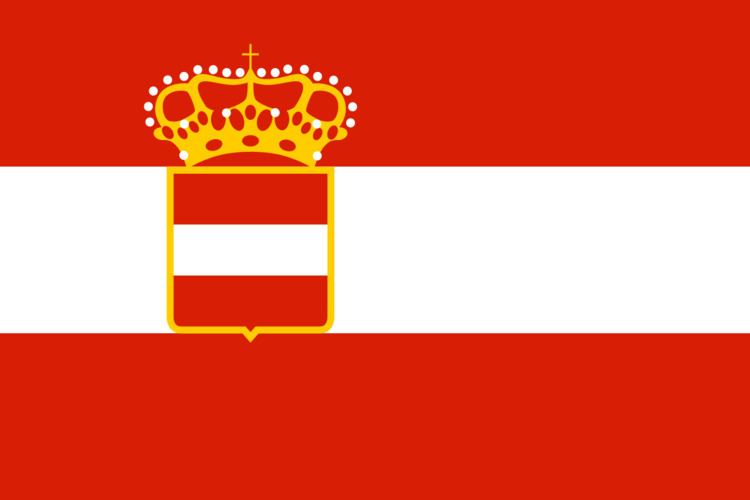 | ||
This list of supreme commanders of the Imperial and Royal Armed Forces covers the commanders-in-chief of the common Imperial and Royal Army, the Royal Hungarian Landwehr (Honvéd), the Imperial-Royal Landwehr and the Navy of Austria-Hungary.
Contents
Supreme commanders and high commands of the Imperial and Royal Armed Forces
The commander-in-chief was the Emperor, the Allerhöchste Oberbefehl, who ran his armed power (bewaffnete Macht) through the Military Chancellery of His Majesty the Emperor and King (Militärkanzlei Seiner Majesty des Kaisers and Königs) that was established on 11 July 1867. Amongst its heads, who usually bore the title Adjutant General (Generaladjutant), were:
In his old age Franz Joseph I only rarely exercised the function of supreme commander in person. Instead, in 1905 after the death of Field marshal Archduke Albert - who had taken over the post in 1866 from General Benedek and held in until his death in 1895 - he appointed Archduke Friedrich of Austria-Teschen as his representative using the style: At the disposal of the Supreme Commander - His Imperial and Royal Highness General of Infantry and Inspector of the Army Archduke Friedrich (Zur Disposition des Allerhöchsten Oberbefehls - se. k.u.k. Hoheit General der Infanterie und Armeeinspektor Erzherzog Friedrich).
Besides Friedrich, whose duties were mainly ceremonial, Archduke Heir Apparent Franz Ferdinand had a great influence on the armed forces in the last years of the monarchy, and worked hard to keep them united and to expand them. In 1898, after a career as an officer, he was appointed "at the disposal of the Supreme Commander" (zur Disposition des Allerhöchsten Oberbefehles), in order to oversee the army as a whole as well as the navy. To that end, from 1899, he maintained his own military chancellery (headed from Dec 1905 to autumn 1911 by Alexander Brosch von Aarenau and from autumn 1911 to June 1914 by Carl von Bardolff), at Belvedere Palace, which was successively expanded by Brosch into a secondary government (Nebenregierung). In 1913 the heir to the Emperor was appointed as Inspector General of the Armed Forces (Generalinspektor der gesamten bewaffneten Macht); at his request Franz Joseph I appointed General Conrad as Chief of the General Staff (1906–1911 and 1912–1 Mar 1917). The CGS, since the reform of 1895 called the CGS of the Armed Forces (Chef des Generalstabs für die gesamte bewaffnete Macht), had the right to a personal audience with the monarch (without the presence of the Minister of War), whereby the CGS was superior to the Defence Ministry as well as the Imperial Chancellery, and the Inspector General of Troops was subordinated to him - only the heir apparent outranked him.
At the onset of World War I, the Emperor appointed Friedrich as commander in chief, following the usual practice in times of crisis to appoint a serving officer to exercise high command of the army. Friedrich assumed this function until 2 Dec 1916, when the new Emperor, Charles I, took over supreme command himself.
Charles himself gave up the supreme command at the end of the war, in order not to have to sign the peace treaty and terms of surrender personally.
List of commanders-in-chief
Their contemporary titles are given. Dates from 21 Dec 1867 to 11 Nov 1918 (demobilisation)
